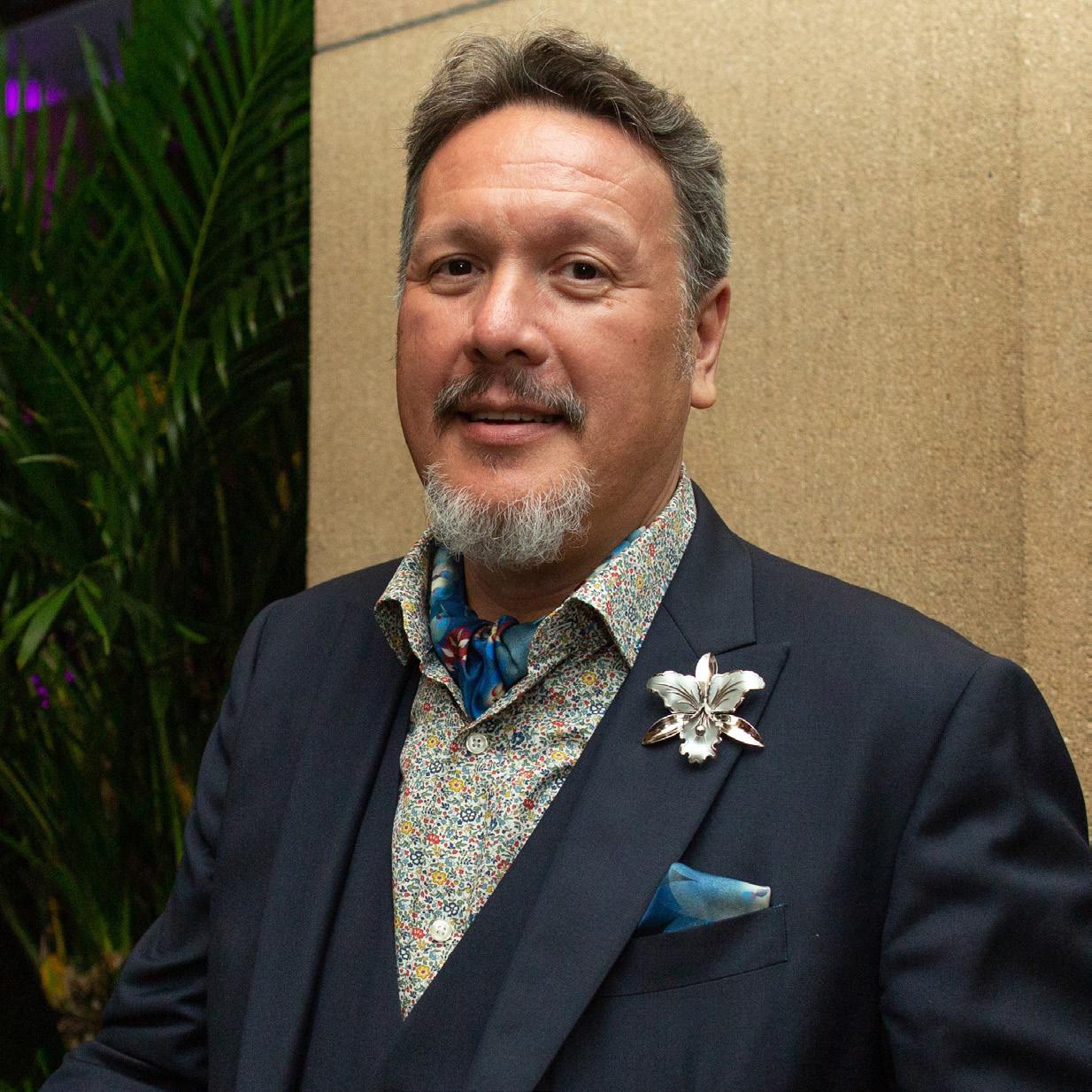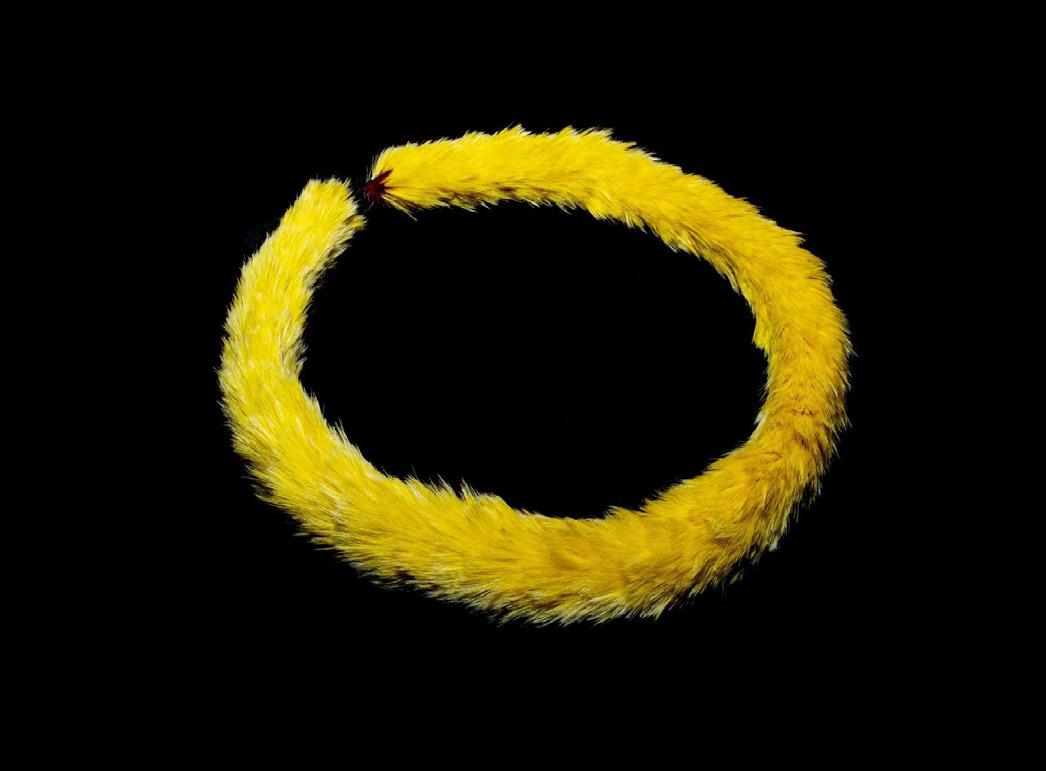
2 minute read
Say Aloha to a Renaissance Man An Interview with E. Tory Laitila (Mr.Tory) Curator of Textiles and Historic Arts of Hawai ‘i at Honolulu Museum of Art
BY MAGGIE WILDS (DENISEBRAIN)
MAGGIE : Is your ancestry Hawaiian?
Advertisement
TORY : I’m Chamorro (the indigenous people of Guam, where my family is from, and the Mariana Islands). I was born in Ohio and raised in Hawaiʻi, my parents moved to Honolulu when I was just a few months old, and Guam.
M : What is one of your favorite items in the HoMA textile collection and why? What is the rarest item?
T : The textiles collection of the Honolulu Museum of Art holds about 6,000 objects from the 4th to the early 21st centuries, with a majority of the collection dating to the 19th and 20th centuries. The objects are primarily ethnographic and include costume pieces, textile fragments, furnishings, jewelry and personal accessories, lace, fiber art, ceremonial and ritual objects, textile tools and equipment.
One of my favorite works is a lei hulu (Hawaiian feather garland, 1440.01), made up of yellow feathers of Hawaiian honeycreeper birds, that belonged to Miriam Kalākua Kaheiheimālie (c. 1778-1842). She’s an important figure in Hawaiian fashion as the first Hawaiian gown, the holokū, was made for her and debuted April 3, 1820.

costumes. Whilst I was in kindergarten, my mother worked at a heraldry shop and she would bring me toy knights in armor. I saw their miniature coats of arms and the larger crests in the shop and became fascinated by the visual language of heraldry, which lead to my love of flags. The idea of symbolic communication is very interesting to me.
M . Textile historian and conservator, historic Hawaiian arts curator, educator, vexillologist, costume designer and wearer, fencer …and stormtrooper? Can you say a bit about what makes you who you are?
T : I’ve enjoyed flags for a very long time. As a boy scout in BSA and cadet in the Civil Air Patrol, I would volunteer for color guard duties and appreciated the customs, courtesies, and protocols it entailed. As I mentioned previously, I enjoy the symbolism of flags. As one who wears clothes, I’ve always enjoyed vintage fashion, mostly from the 19th century. Not being able to find vintage fashion in my size, I started creating my own.
Another favorite is a Chinese export silk Watteauback gown (8929.1) dating from the 1750s. It is a beautiful dress and was on exhibition a long time ago, before I worked at HoMA, and I would visit the dress.
Some of the rare works in the collection are ’ahu ’ula (royal Hawaiian feather capes), Hawaiian quilts, and pre-Colombian Peruvian textile fragments.
M : What would you like to add to the collection?
T : I am currently working on adding Hawaiian fashion, including aloha wear, to the collection.
M : When and why did you get into textiles?
T : I’ve always been intrigued by clothing and what it broadcasts about the wearer. I started making Halloween costumes for myself in kindergarten. They were very basic, and much later I worked for National Theme Productions selling Halloween
I also appreciate science fiction. Beginning in the 1980s, I joined the local sci-fi club so that I could volunteer at local conventions in costume. When I left the Hawaiian Mission Houses Historic Site and Archives in 2002 with its living history programming in period clothing, I had a costuming void, so I joined the 501st Legion (of Star Wars imperial costumers). After all, why collect an action figure, when you can be an action figure? (I don’t collect action figures.) There are similarities in replication historic and movie costumes. Unlike most of the cosplayers I know, the costumes I make are functional clothing (think pockets).
For sports, I played rugby in high school and fenced in college, and continued fencing after college for a while.
I appreciate the abilities of a Renaissance man and skills of the past; sewing, fencing, and ballroom dancing—that’s how I caught my wife’s eye—to name a few.






